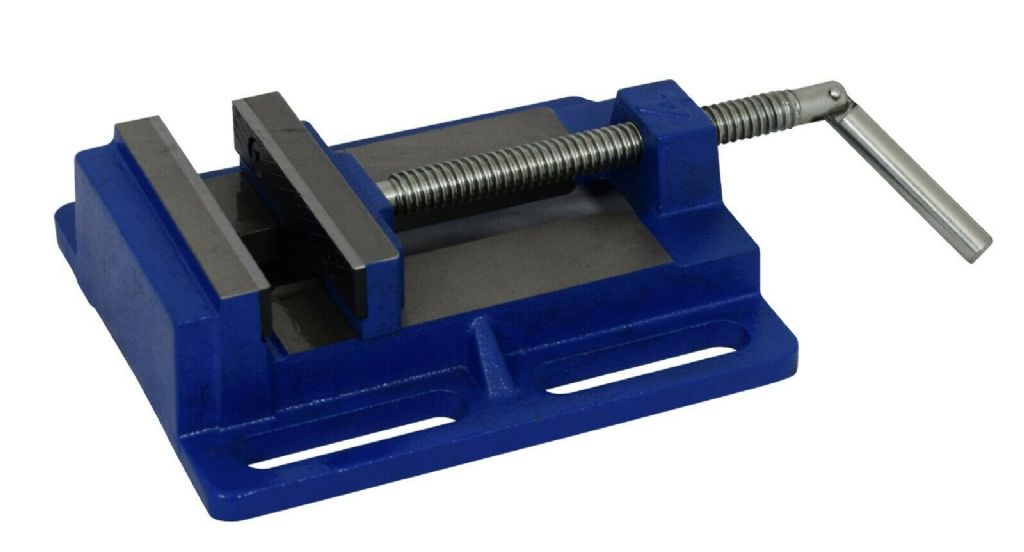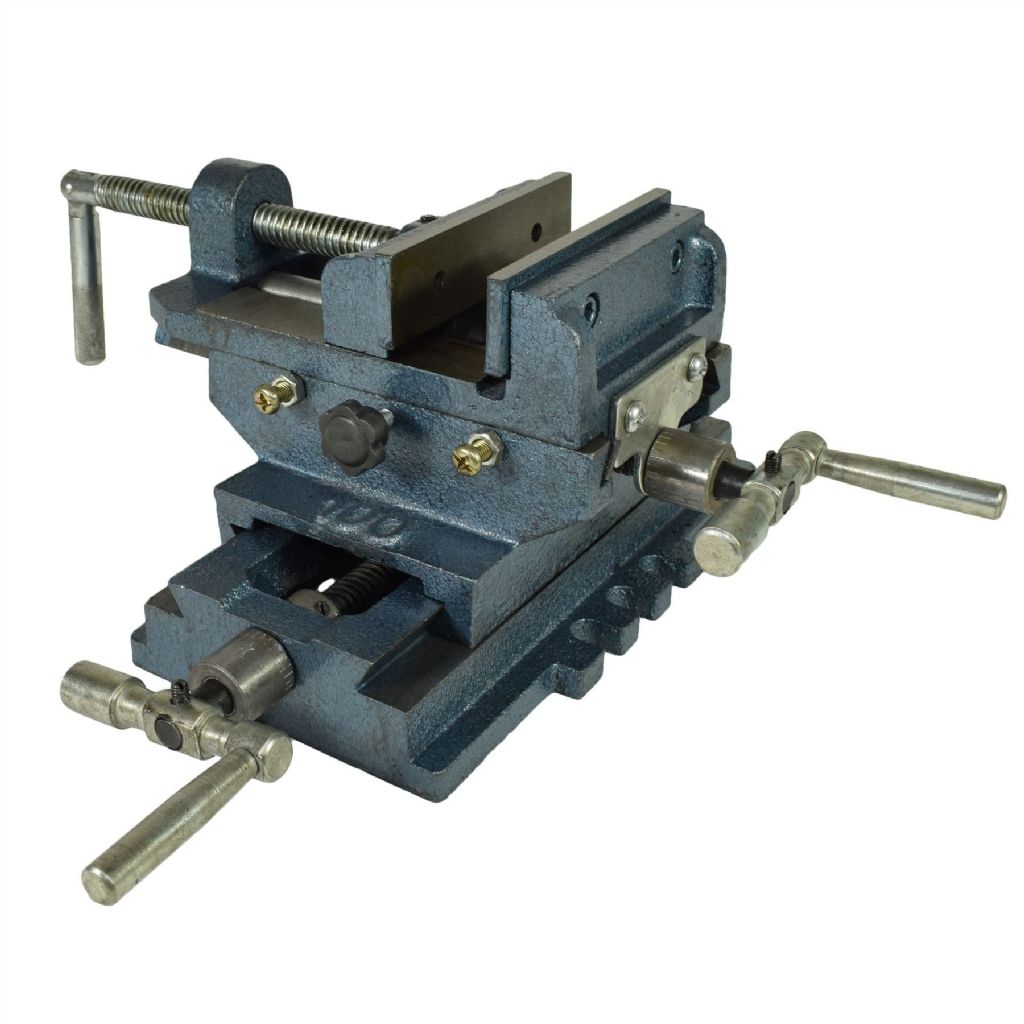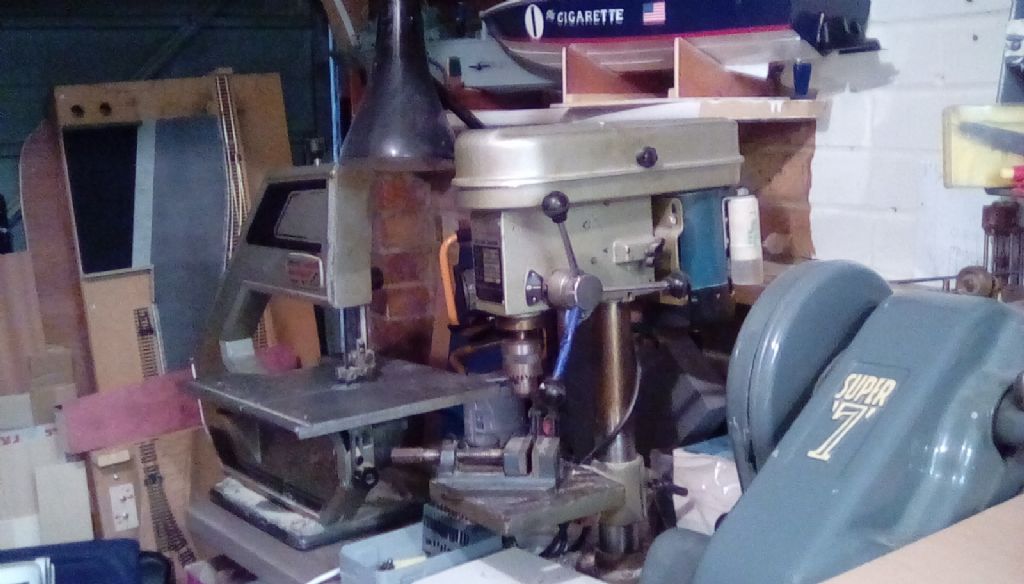Many years ago I had a good look at all the lathes on offer at the Harrogate Model engineering show. There were around five 12 x 7 mini lathes on offer, not surprisingly, all were of identical castings and varied only in the paint and the level of accessories. Nowadays the norm tends to be a 14 x 7, but again, they are all the same basic castings. Decide on what level of accessories you need so you avoid buying anything unnecessary. i.e. do you need digital readouts and do you need digital speed displays?
I find my lathe absolutely invaluable for a huge range of requirements and could not live without it.
When it comes to milling machines again decide what level of add-ons you need and look for something that matches your requirement. Just remember that a milling machine can be used as a pedestal drill but a pedestal drill will struggle if used as a milling machine. In fact I would recommend that you don't.
If I only had the space for one machine it would be a mini lathe. Mine are from Chester but, the first thing you do with them is strip them down to give the gearbox a good cleaning and greasing, I also replaced the bearings, and clean all the ways, gears, bearings, gibs and slides, oil them and refit carefully. It should be more than capable for hobby use then.
Make sure the area is very well lit, do not use a single flourescent fitting, and make sure you have good clear access around the machine. You need to be able to stand or sit comfortably in front of the machine and access all controls. I strongly recommend that you do not by-pass any safety interlock, despite being tempted and do not bother with cooling systems unless you are really into production machining. They can be more trouble than they are worth.
Edited By Richard Simpson on 03/09/2020 12:41:21









